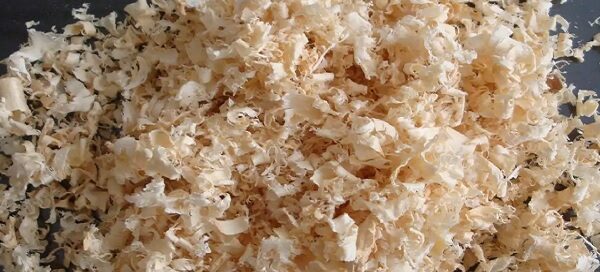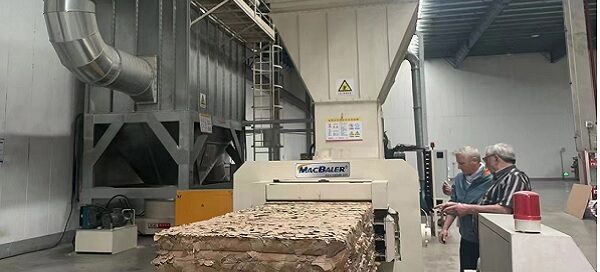When it comes to managing animal bedding, having an efficient and reliable baling and bagging solution is crucial. Properly compressed and packaged animal bedding not only facilitates storage and transportation but also promotes cleanliness and hygiene in animal care facilities. In this article, we will explore the essential features to consider when selecting a baler machine for baling and bagging animal bedding.
- Baling Capacity and Bale Weight:
The first factor to consider is the baling capacity required for your specific needs. Assess the volume of animal bedding generated daily or weekly to determine the suitable baling capacity. Additionally, consider the desired bale weight. Animal bedding bales typically range from lightweight bales, around 10-15 kg, to heavier ones weighing up to 40 kg, depending on the bedding material and handling capabilities.
- Bale Size and Shape:
The size and shape of the bales are crucial considerations for efficient storage and transportation. Determine the appropriate bale dimensions based on the available storage space and the intended mode of transportation. Commonly used bale sizes for animal bedding range from small rectangular bales to larger cubic bales. Ensure the chosen baler machine is capable of producing the desired bale size and shape.
- Material Compatibility:
Animal bedding can vary in composition, including straw, wood shavings, sawdust, or a combination of materials. It is essential to select a baler machine capable of handling the specific bedding materials used. Consider the density and compressibility of the bedding material and ensure the baler can effectively compress and package it into dense and stable bales.
- Efficiency and Automation:
Evaluate the level of automation required for your operations. Automatic or semi-automatic baler machines can significantly improve productivity by reducing manual labor and increasing throughput. Consider features such as auto-tie systems, bale ejection mechanisms, and user-friendly controls that enhance efficiency and streamline the baling process.
- Durability and Maintenance:
Investing in a durable baler machine ensures longevity and minimal downtime. Look for robust construction, quality components, and reputable manufacturers known for their reliability. Additionally, consider the maintenance requirements and availability of technical support to ensure smooth operation and timely servicing of the machine.
- Safety Features:
Safety is of utmost importance in any equipment, including baler machines. Ensure the chosen machine incorporates necessary safety features such as emergency stop buttons, safety guards, and proper warning signage. Prioritize the well-being of operators and adhere to safety regulations and guidelines.
Conclusion:
Selecting the right baler machine for baling and bagging animal bedding is essential for efficient waste management in animal care facilities. Consider the baling capacity, desired bale weight, material compatibility, efficiency, durability, and safety features when choosing a baler machine. By investing in a suitable baler, you can streamline your operations, promote cleanliness, and ensure proper storage and transportation of animal bedding. Trust in a reputable manufacturer like MacBaler, with their expertise and range of baler machines, to find the perfect solution for your animal bedding needs.
What baler machine required for bagging pet bedding?
When it comes to managing animal bedding, having an
Our Success Story
In the recycling industry, there is a high demand
Heavy Duty All-in One Baler
This is one of the most powerful all-in-one baler, it
What is a bailer?
Bailer is actually another written of 'baler'. What is
How to buy a baler machine?
Are you planning to buy a baler machine to
How much does a baler cost?
If you have decided to buy a baler machine,













